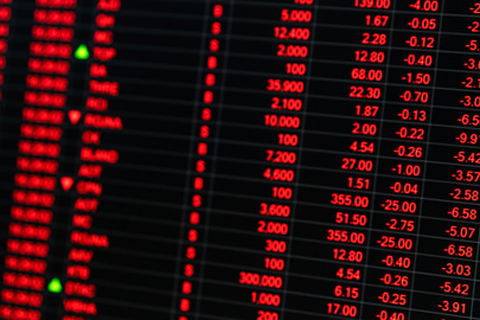Aluminum production still high, Indonesia considers tax on nickel exports
by David Fleschen

The International Aluminium Institute (IAI) reported yesterday that global aluminum production rose 3.1% in August from a year earlier to 5.7 million tons, or 183.8 thousand tons per day. On a daily basis, however, this was the lowest production rate since December. However, it was only slightly below the previous month's level. Following the release of Chinese data in the middle of last week, we had expected lower production at the global level. However, the IAI put Chinese aluminum production higher than the National Bureau of Statistics. Outside China, production was almost constant. The data had little impact on the aluminum price yesterday. It recovered some of its initial losses and is trading unchanged at around $2,860 per ton this morning.
The nickel price had temporarily risen above the USD 20,000 per tonne mark again at the end of last week and was thus not far below its 7-year high from the previous week. Behind the price increase was probably a report from the Reuters news agency that Indonesia is considering imposing an export tax on nickel products with a nickel content of less than 70%. According to statements by the Indonesian Minister for Investment, this is intended to promote the expansion of the domestic processing industry. As the minister further states, Indonesia has so far mainly exported nickel products with a metal content of 30-40%. In his view, nickel products could be enriched to at least 70% in the country itself. Earlier last year, Indonesia had reintroduced the export ban on untreated ores, which had been in place from 2014-2017, also with the aim of strengthening the domestic nickel industry and building processing capacity in the country. In the future, Indonesia aims to offer the complete nickel value chain in the country - from mining to battery production to electric vehicle assembly. In the wake of generally higher risk aversion, the nickel price has fallen back below USD 19,000.
Source: Commerzbank Research, Photo: Fotolia

